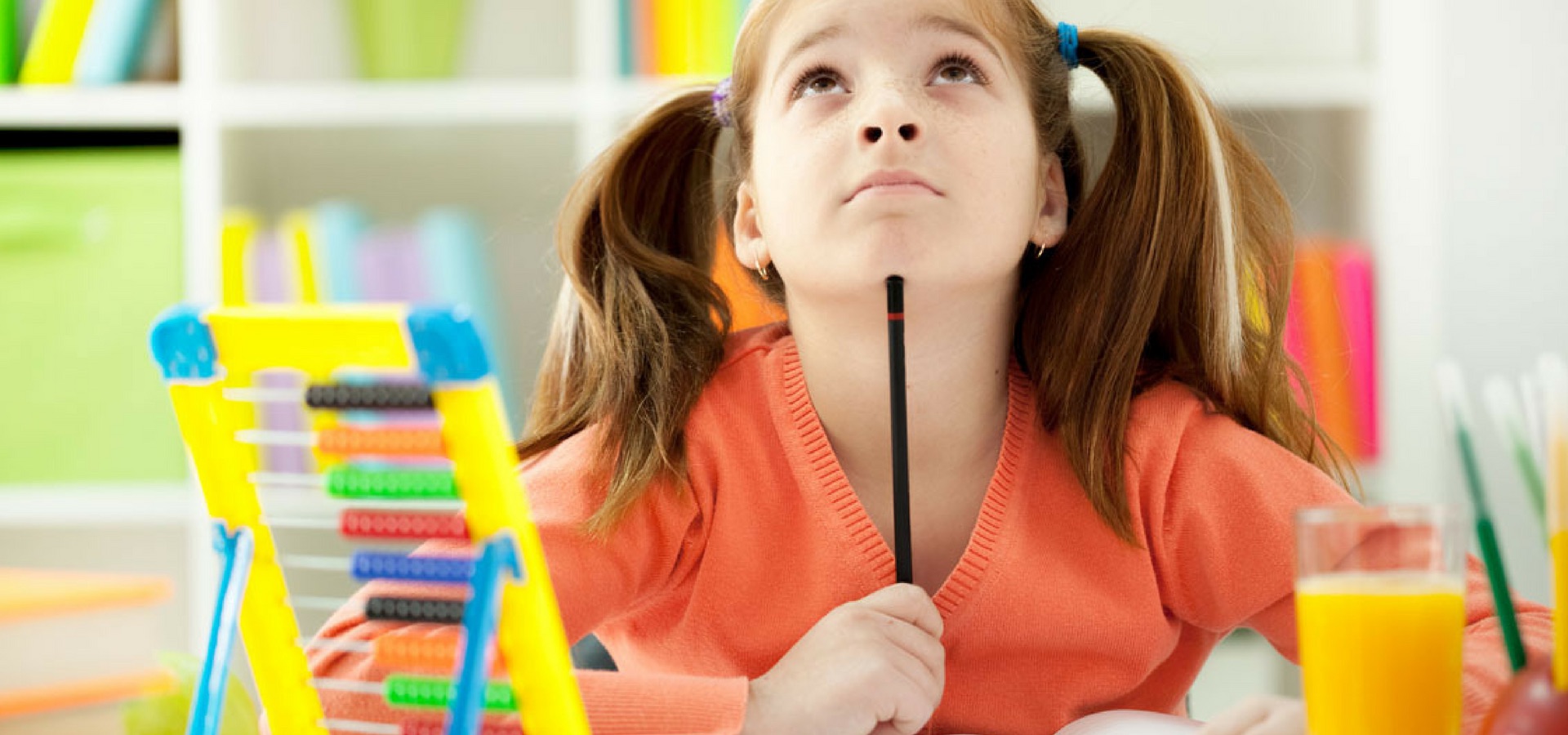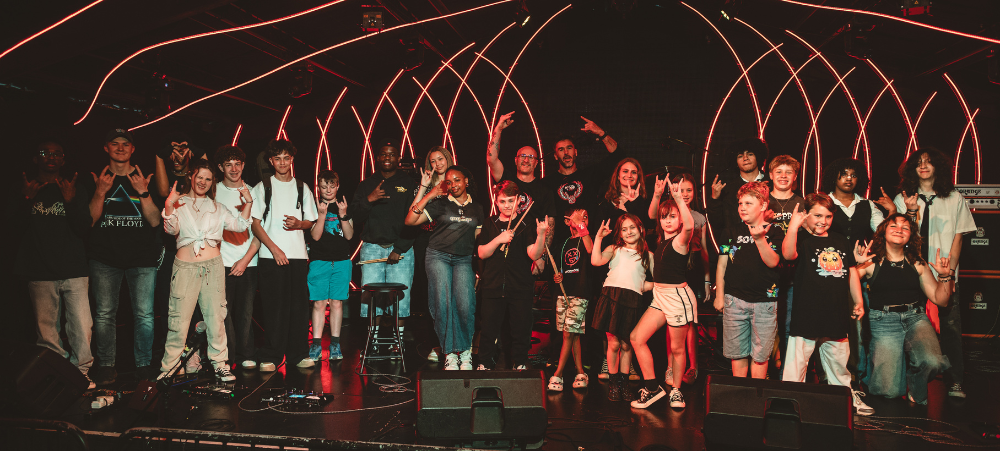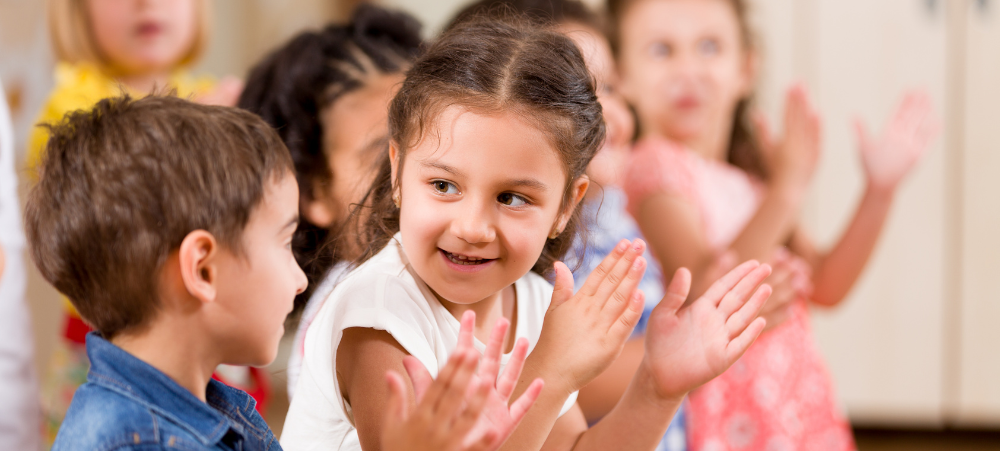Hands-on learning:
- is a practical learning experience
- students are actively involved
- allows for free exploration of the environment
- requires personal involvement by the student
The importance of hands-on learning:
- it allows for investigation and self-discovery
- it stimulates curiosity
- allows for problem solving
- students are engaged and active
- allows learning through exploration
- develops thinking skills
- it builds self-confidence
- provides motivation for continued learning
- allows for collaboration
- develops communication and social skills
The role of the adult:
- to provide a safe environment
- ask questions
- act as a guide and facilitator
- have respect for the students
- provide encouragement
- ask questions
- participate in discussions
- ask open-ended questions
What to avoid doing:
- control the learning experience
- dictate what must be done
- take-over
- overload the students with instructions
- overwhelm the students
A few ideas to explore:
- Creative art explorations: provide a variety of materials and allow the students to explore and experiment with creating their own masterpieces. This helps to build creative expression, fine motor skills, and a sense of self-worth
- Block play: set out a variety of blocks of different sizes and shapes. See what the students create on their own. Provide a challenge, “Build a tower that can support the weight of this doll/ action figure/ book.” Block play is good at helping to develop basic geometry skills and an understanding of physics.
- Sensory play: create a sensory area with different materials and textures. Watch how the students explore this area. Ask questions, “What does the bark feel like? What can you do with it? Can you change it in any way?” Ask students to explain what they are doing. This helps to develop language skills and provide an introduction to scientific concepts, such as how materials can be changed into something new.
- Nature area: Collect a variety of leaves, seeds, stones and sea shells. Allow students time to handle these objects. “What are you holding in your hand? What does it feel like? Where did it come from? What does it do?” Students can further their general knowledge of the natural world through their explorations and by asking meaningful questions.
- Sand and water play: set out different sized containers, cups, colanders, funnels, spoons etc. Watch how the students play. Do they fill the containers? Do they pour the sand/ water into bigger containers? Mathematical concepts such as measurement, volume and capacity, number skills and fine motor skills are developed, as well as introducing them to physics.
by Karen Vidiluch, Crawford Pre-Primary North Coast
Parenting Hub is one of South Africa’s largest online lifestyle magazines, targeted toward Parents.
We understand that there are many aspects that encompass a Mother, Father or Child and strive toward providing resources and services that accommodates this.
Our content is aimed to inform and educate families on issues starting from pregnancy through to the challenges of the teen-age years.
We understand that there are many aspects that encompass a Mother, Father or Child and strive toward providing resources and services that accommodates this.
Our content is aimed to inform and educate families on issues starting from pregnancy through to the challenges of the teen-age years.
Latest posts by Parenting Hub (see all)
- Say Hello to the Ultimate Holiday Brunch Bite - December 17, 2025
- Tiny Toons Looniversity Returns: Meet the Voice Behind Plucky and Hamton! - December 12, 2025
- From Pain to Possibility: Panado®’s New Marketing Campaign, Highlights The Joy Of Pain Relief - December 10, 2025
Post Views: 32,693





